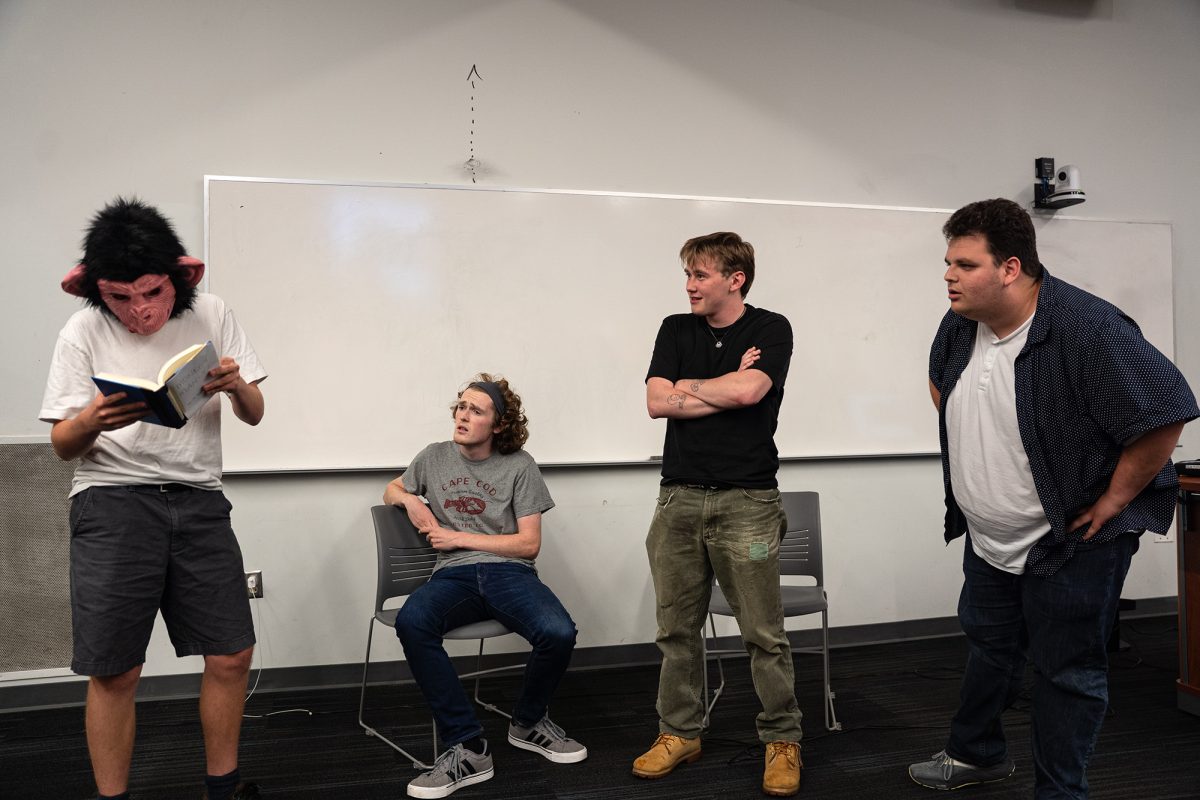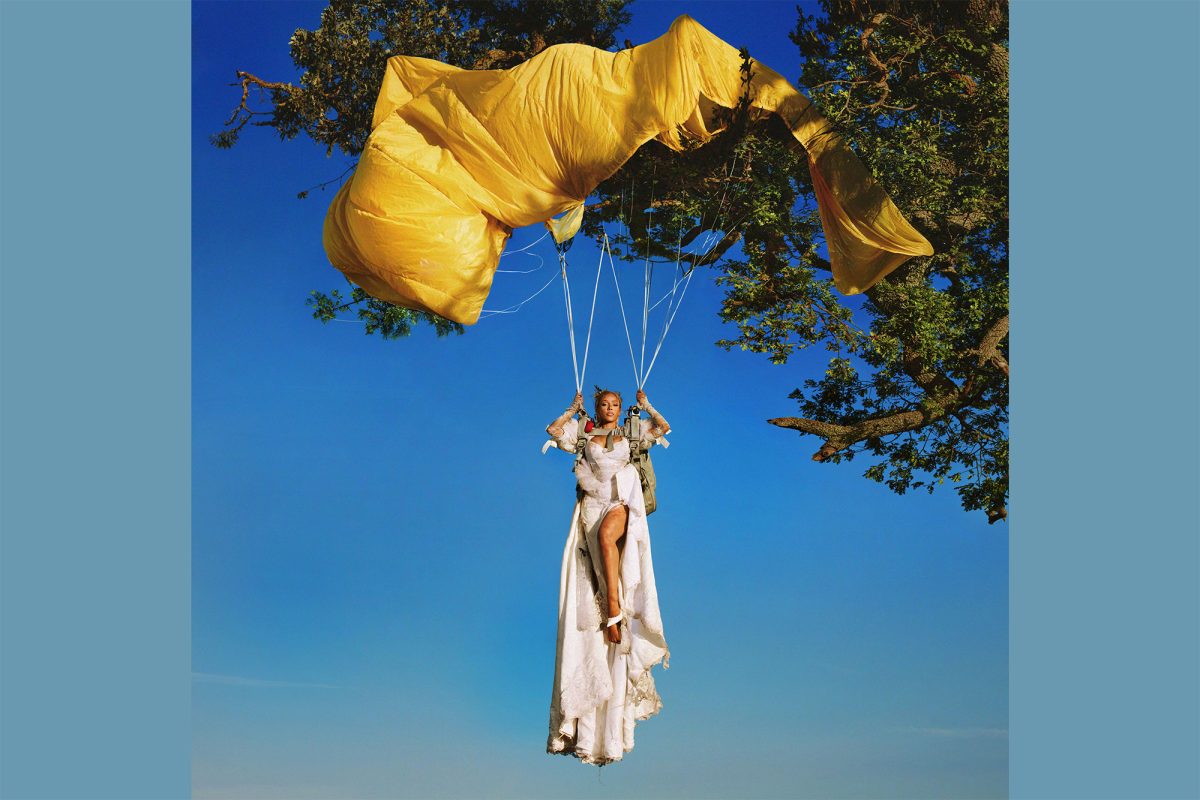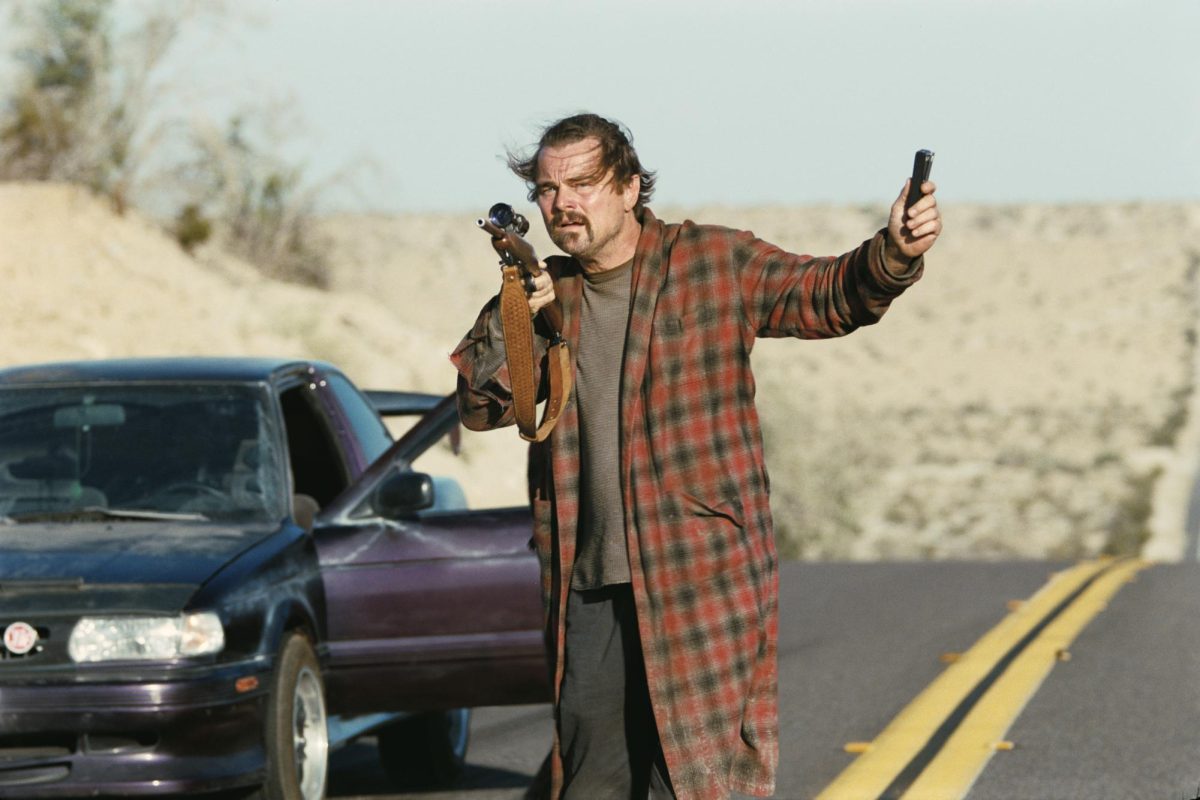3.5 out of 5.0 stars
“Nosferatu,” released by Focus Features on Dec. 25, proves to be a visually stunning and interesting take on the age-old tale. The film was directed by Robert Eggers, who directed “The Lighthouse,” “The Witch” and many other acclaimed horror movies. “Nosferatu” is a retelling of the original 1922 silent film “Nosferatu: A Symphony of Horror”, which was, in itself, a ripoff of the novel “Dracula,” meaning this film is adapting a nearly 130-year-old story.
Nosferatu stars Lily-Rose Depp as Ellen Hutter, and Nicholas Hoult as her husband Thomas Hutter. The film also stars Emma Corrin and Aaron Taylor-Johnson as Friedrich and Anna Harding, as well as Willem Dafoe, who plays Professor Albin Eberhart Von Franz, and Bill Skarsgård as Count Orlok, otherwise known as the monstrous Nosferatu.
Depp does an exceptional job in portraying Ellen. Her emotions are palpable, and her sudden mood swings feel unnatural in all the right ways. Hoult also did a great job as Nicholas and brought a surprising amount of heart to the terrifying medieval nightmare world that Eggers crafted. Dafoe shines in this film as always. He is incredibly captivating and breathes life into the movie around the halfway point, when he is introduced. With that being said, the actors are not given too much to work with aside from Depp, and to a lesser extent, Hoult. Most of the characters feel incredibly standard and one-note. Nicholas and Ellen are the most interesting characters in the film.
Nosferatu’s character is portrayed as a completely evil, malicious force. Nosferatu is a plague, Nosferatu is a demon, and Nosferatu is a part of nature itself. Yet, the film also insists on Nosferatu having very human emotions. Without getting into spoilers, the movie certainly implied Nosferatu to be more of a metaphor for evil than a character.
“Nosferatu” serves as a very faithful retelling of the 1922 silent film, albeit with a few strange choices thrown in. This film revels in the uncomfortable and makes it very well known that it is willing to tackle mature content, almost to a fault. Yes, this film is meant to be disturbing, yet it tackles its heavy themes and undertones in a way that can feel lacking in nuance. This movie deals with sexual assault, however, it did not spend the time necessary on the subject to grant it the depth it deserved beyond simply being scary.
As for the plot itself, if you have read Dracula or watched the original Nosferatu film, this film does not attempt to completely rewrite anything. The story follows Ellen Hutter, a married woman with a psychic link to Nosferatu. Despite her pleas, her husband Nicholas journeys to Count Orlok’s castle in an attempt to sell him property in his town and gain a promotion that would make Ellen’s life better. Unfortunately, Nicholas does not account for the fact that Orlok is a vampire called Nosferatu. After acquiring his new home, Nosferatu is shipped out to Ellen’s village, where he prepares to unleash every misery imaginable on the town just to get to her.
One thing this movie nails is the presentation. Every frame was spectacular, and the cinematography never felt bland. The movie has a great way of building tension through lighting and cinematography. Many shots slowly pan for what feels like ages, leaving a constant dread lingering in almost every shot. This complements the story, elevating the feeling that Nosferatu’s arrival is inevitably creeping closer.
The best part of this film was by far the coloring. “Nosferatu” plays with many stark warm and cold colors. Not a second of this movie is shot in black and white, yet half of the shots look as if they are. The way natural lighting is played with to cast that same effect of having a black-and-white film is astounding. There were multiple scenes where it felt as if everything was in black and white, building suspense and tension, only for a fireplace or a ray of light to shine in the shot and illuminate the frame. The coloring was utterly spectacular to watch and served to deepen emotion and immersion.
With that being said, this film does not try to innovate writing-wise. Whether through Orlok’s very strong Transylvanian accent that sounds ripped straight out of “Dracula,” or the way he moves and bends others to his will, this film certainly wants audiences to know it is a vampire film. Overall, this is a good, bone-chilling, very well-shot film that has just a few big enough flaws to hold it back from being perfect. With its overreliance on vampire tropes, some overall one-note characters and very dark subject matter that should have been granted more nuance, this film certainly is not for everyone. However, it serves as a very faithful, well-shot and well-acted retelling of one of cinema’s most important films. This film is scary, leaves its mark on the viewer and definitely deserves to be seen.









